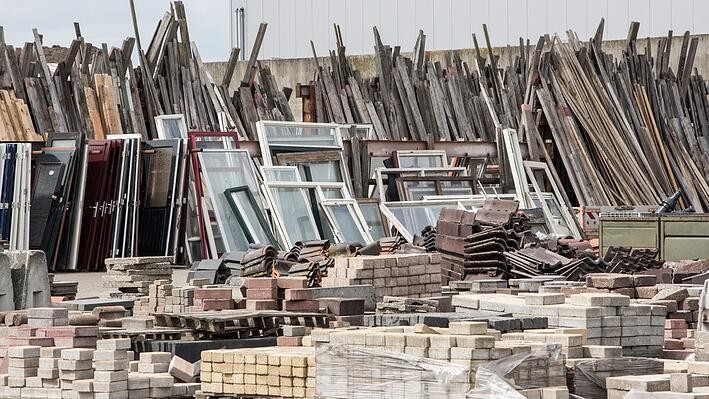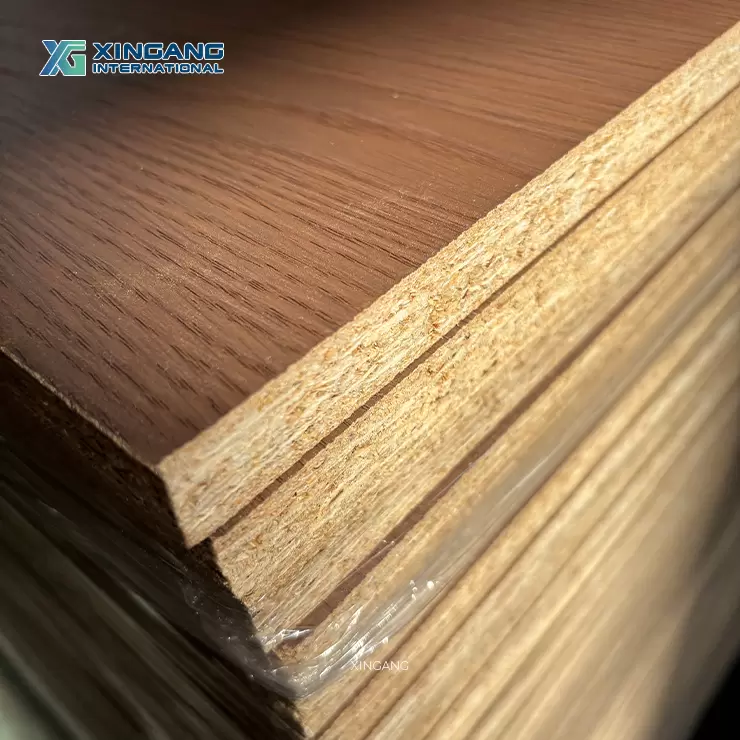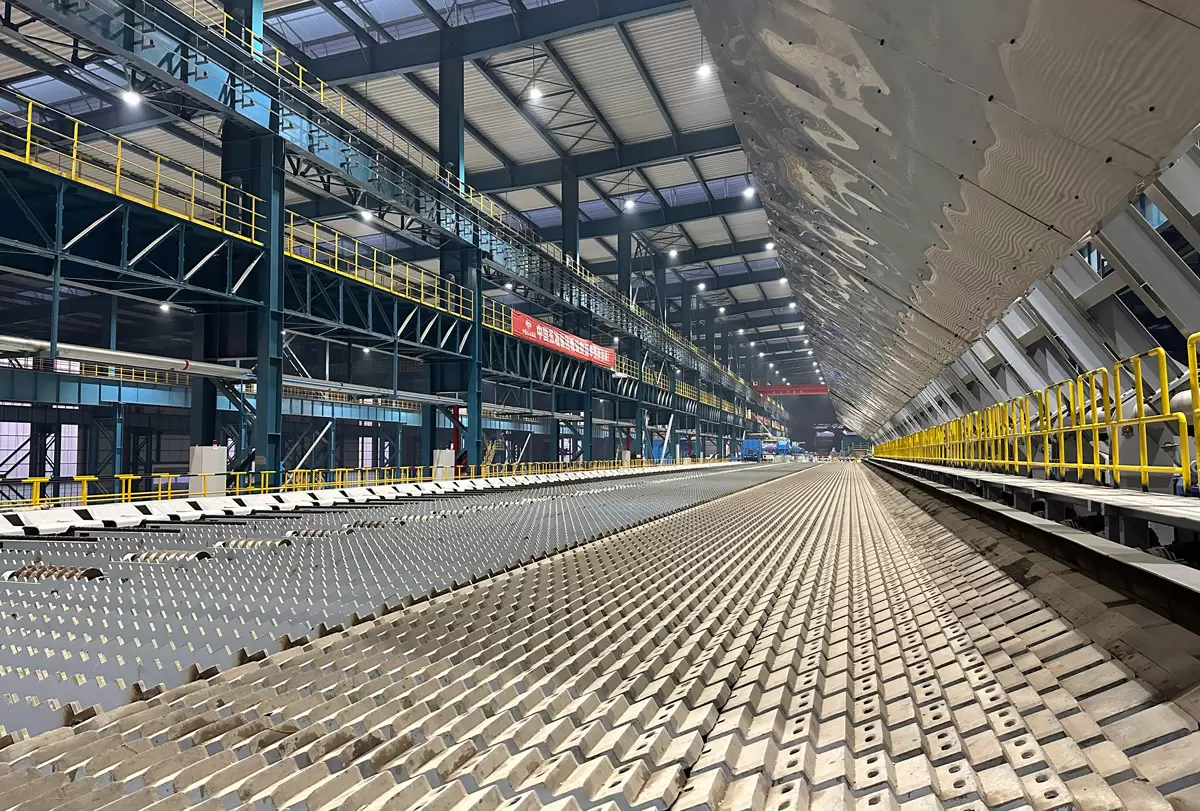
In the realm of construction, the foundation serves as the backbone of any structure, providing stability, strength, and durability. But have you ever wondered what materials form the basic building blocks of construction? In this article, we will delve into the world of construction materials, exploring their properties, applications, and significance in the industry.
- Concrete: The Versatile Workhorse
Concrete, a composite material composed of cement, aggregates, water, and additives, takes center stage in construction. Renowned for its versatility, concrete offers a wide range of applications, from foundations and walls to pavements and bridges. Its ability to withstand compression and adapt to various shapes makes it an indispensable material in the construction industry. - Steel: The Mighty Support
When it comes to structural integrity, steel reigns supreme. This alloy of iron and carbon possesses exceptional strength, making it ideal for constructing high-rise buildings, bridges, and frameworks. Steel's ductility, allowing it to bend without breaking, ensures resilience against external forces such as earthquakes and strong winds. Its versatility and recyclability further contribute to its popularity in construction projects worldwide. - Wood: The Timeless Classic
Wood, a natural material with a rich history in construction, continues to play a vital role in modern building practices. Its aesthetic appeal, thermal insulation properties, and sustainability make it a preferred choice for residential and commercial structures. From traditional timber framing to engineered wood products, such as laminated veneer lumber and cross-laminated timber, wood offers a renewable and environmentally friendly alternative. - Brick and Masonry: The Time-Tested Tradition
Bricks, made from clay or concrete, have been used for centuries in construction. Their durability, fire resistance, and thermal mass properties make them an enduring choice for walls, facades, and pavements. Masonry, the art of building structures using individual units bound together by mortar, showcases the craftsmanship and architectural heritage of civilizations throughout history. - Glass: The Transparent Marvel
While often associated with windows and facades, glass has evolved to become a versatile material in construction. Its transparency, coupled with advancements in technology, allows for innovative designs, maximizing natural light and energy efficiency. From glass curtain walls to structural glass beams, this material adds a touch of elegance and modernity to contemporary architecture.
Conclusion:
The basic materials of construction, including concrete, steel, wood, brick, masonry, and glass, form the foundation of the built environment. Each material brings its unique properties and advantages, contributing to the strength, functionality, and aesthetic appeal of structures. By understanding the characteristics and applications of these materials, architects, engineers, and construction professionals can create innovative and sustainable designs that stand the test of time.





